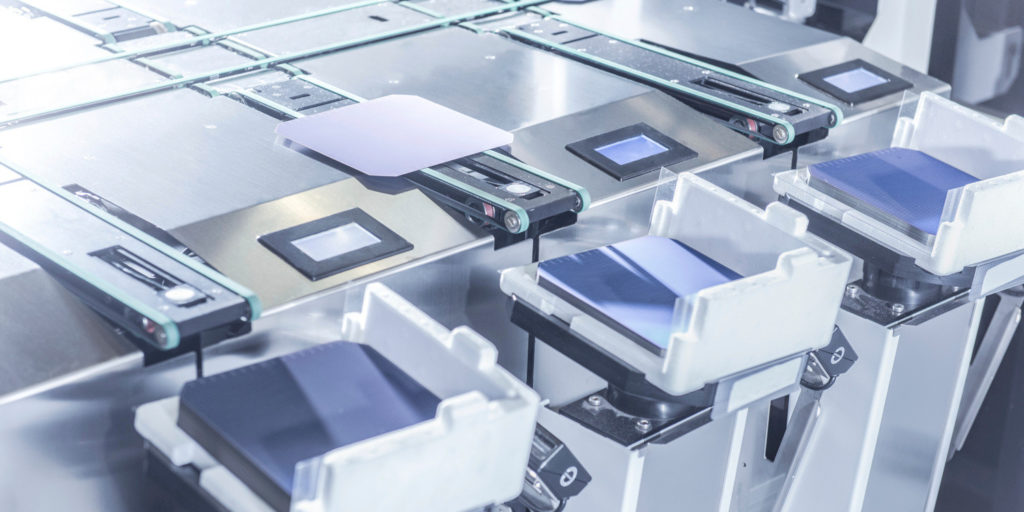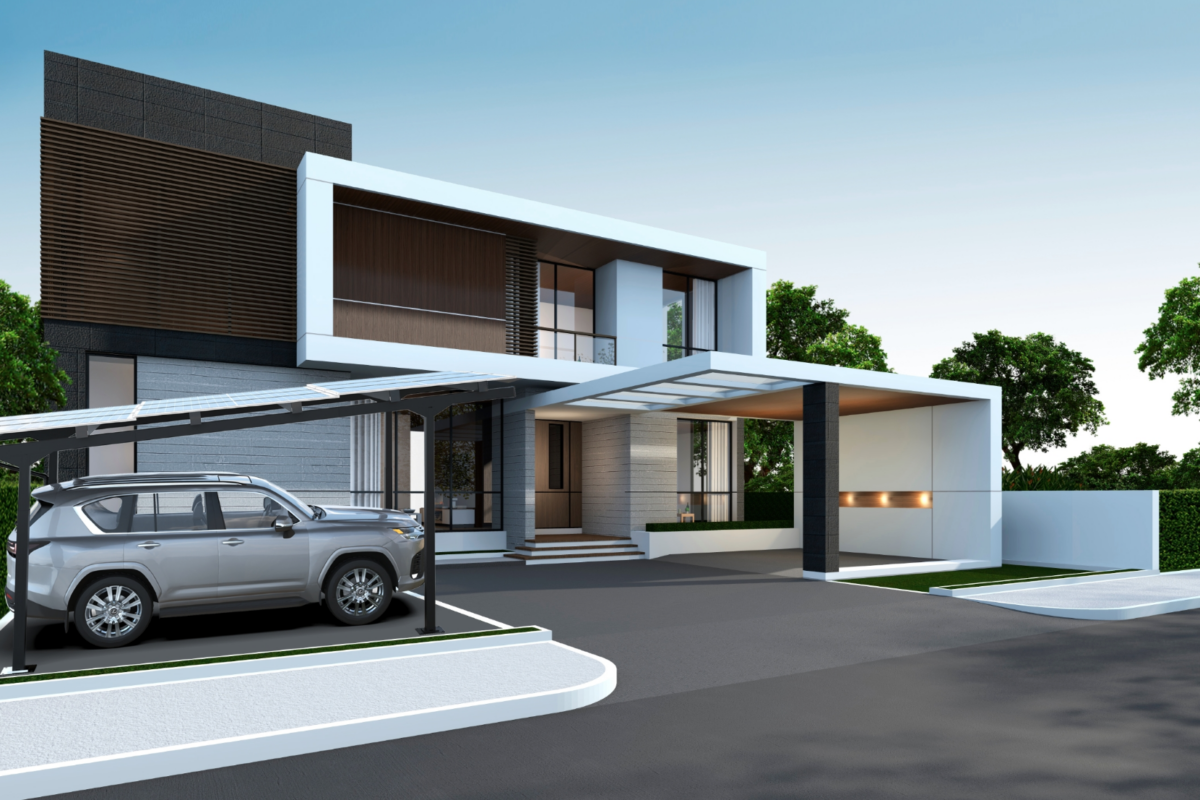Meyer Burger today announced that it has signed a CHF 74 million contract to provide its heterojunction (HJT) and smart wire production tools to an unnamed, non-Chinese manufacturer.
The order placed is for a 600 MW cell and module line, and Meyer Burger expects to begin delivery of the equipment in the first quarter of 2019, with the line to begin production in the second half of the year.
“This strategically important order from a well established and highly respected cell & module manufacturer is a real breakthrough,” says Meyer Burger CEO Hans Brändle. “It not only confirms our technology leadership but also substantially strengthens the market acceptance and credibility for our Heterojunction and SmartWire technologies.”
Growth in heterojunction technology for mass production was slowed somewhat by the steep drop in prices caused by China’s 31/5 policy shift, and some manufacturers shelved their plans for n-type expansion. In 2019, it appears the push for higher efficiencies is back on, and many are looking towards n-type technologies, in particular HJT and tunnel oxide passivated contact (TOPCon).
While HJT is the more mature and less complicated of these two technologies, manufacturers may be able to switch to TOPCon with a lower investment in new production equipment, and it is unclear which way the industry will move. “2019 will be a year for n-type TOPCon and HJT to compete with each other,” says PV InfoLink Chief Analyst Corrine Lin. “It’s more likely that new entrants or manufacturers that plan to expand capacities will go with HJT, while existing PERT and vertically integrated manufacturers may prefer to adopt TOPCon.”
Meyer Burger goes on to confirm its 2018 revenue forecast of CHF 400-440 million, and slightly revised down its EBITDA margin expectation – now forecast in the “higher single digit percentage range”, rather than the previously expected 10%.
The Swiss company also stated that the PV equipment market remains challenging with margin pressures, and confirmed that it is pushing ahead with the transformation plan it announced in October, which will move the bulk of its manufacturing operations over to Asia.
This content is protected by copyright and may not be reused. If you want to cooperate with us and would like to reuse some of our content, please contact: editors@pv-magazine.com.




1 comment
By submitting this form you agree to pv magazine using your data for the purposes of publishing your comment.
Your personal data will only be disclosed or otherwise transmitted to third parties for the purposes of spam filtering or if this is necessary for technical maintenance of the website. Any other transfer to third parties will not take place unless this is justified on the basis of applicable data protection regulations or if pv magazine is legally obliged to do so.
You may revoke this consent at any time with effect for the future, in which case your personal data will be deleted immediately. Otherwise, your data will be deleted if pv magazine has processed your request or the purpose of data storage is fulfilled.
Further information on data privacy can be found in our Data Protection Policy.